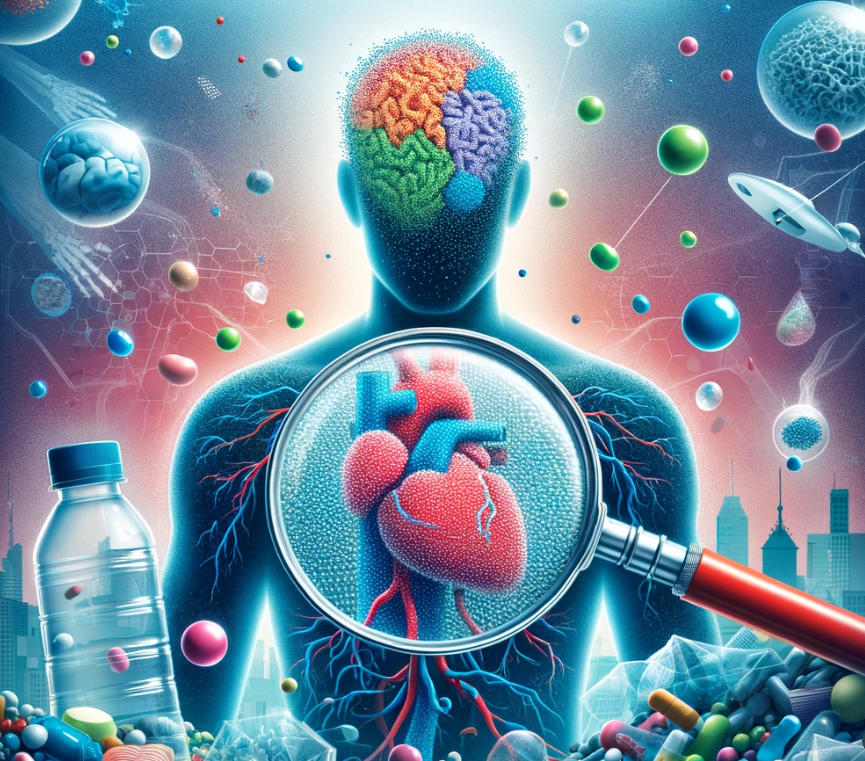Does your tap water taste or smell bad? Are you experiencing drops in pressure or dirty water coming out?
You might be a victim of the legacy of corroded pipes, and if you're drinking this water, it could be harmful to your health.
Access to clean and safe drinking water is fundamental to the health and well-being of society. However, as we rely on municipal supply, even in our own residential facilities, it's crucial to question the quality of the water flowing through our pipes.
Pipe corrosion is a phenomenon that can insidiously affect municipal water supplies. As pipes age, corrosion becomes a persistent threat.
Pipe materials, such as iron and steel, are especially susceptible to corrosion over time. This is particularly true in residential installations over 30 years old, not to mention a municipal supply pipe. This process not only damages the pipes but can also contaminate the water flowing through them.
How does it affect the water?
 Corrosion can release metal particles and sediments into the water, directly affecting its quality. Metals like lead, copper, and zinc can infiltrate the water supply, posing health risks. For example, the presence of lead in drinking water can have serious consequences, especially on the cognitive development of young children.
Corrosion can release metal particles and sediments into the water, directly affecting its quality. Metals like lead, copper, and zinc can infiltrate the water supply, posing health risks. For example, the presence of lead in drinking water can have serious consequences, especially on the cognitive development of young children.
It has also been associated with health issues such as gastrointestinal diseases, kidney damage, and neurological disorders. It's essential for consumers to be aware of these risks and take steps to protect themselves and their families.
Challenges in Infrastructure Maintenance:
The corrosion of pipes also highlights the need for proper infrastructure maintenance, which can be costly.

Municipal authorities face the constant challenge of maintaining and renewing pipe networks to prevent corrosion and ensure a safe and high-quality water supply. However, the lack of funds and resources can become a significant obstacle.
What is the solution?
We know that there isn't exactly an immediate solution, given that even on a household scale, it represents high maintenance or renovation, and on a community level, it's even greater. A system could be implemented, primarily focused on mitigating risks by implementing filtering phases to guarantee water purity to a certain extent.
But would that really tackle the problem?
Fortunately, today we have technology capable of offering a clean and quality water supply without the need to obtain it from the municipal supply.
With the NUBE, you can generate water from the atmosphere's humidity, has its own filtering, mineralizing, and storage system with its UV source to keep the water free of pathogens.












Leave a comment
All comments are moderated before being published.
This site is protected by hCaptcha and the hCaptcha Privacy Policy and Terms of Service apply.